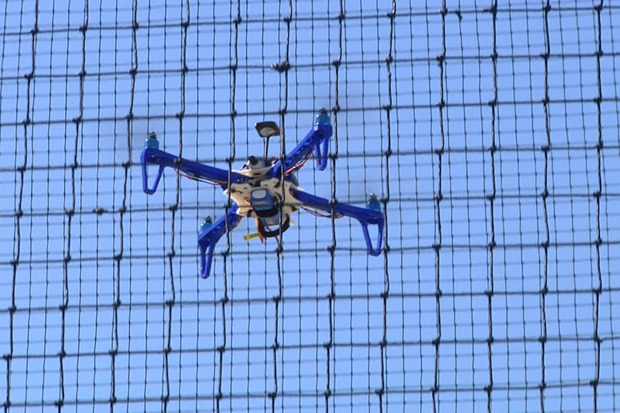The U.S. Navy has a multitude of weapons at its disposal. They include some of the most advanced and experimental weapons in the world, like the Laser Weapons System (LaWS). But the world’s largest naval force has been testing out new ideas using 3D printers. Specifically, they are using 3D printers to manufacture customized drones which can be designed differently for each given mission.
Researchers at the Naval Postgraduate School developed the project to see how the cross section of information technology and fabrication technology could be combined to create helpful custom tools to help sailors on any given mission. Alan Jaeger is a faculty research associate at the school, and said quadcopters have been designed by engineers who are inland based on specs and requirements of sailors out on the ocean. To test this out, in December 2014, one of these quadcopters was printed on USS Essex, which already had a 3D printer installed as a medical device used to 3D print surgical tools.
A 3D file was sent to the ship via satellite, and sailors uploaded it to the a 3D printer (I have yet to find out which one), and the parts were printed out. Following a set of instructions, they assembled the components from the printer along with motors, a radio unit, a controller, and a GPS unit that were already on the ship to complete the build.
Jaeger mentioned that the core electronics parts can be sent out with every ship but have different 3D printed outer structures printed according to different design requirements which would depend on the mission. “The challenge aboard a ship is logistics,” said Jaeger. “Once a ship leaves, getting additional parts to that ship becomes difficult.”
So, what kind of issues did the sailors run into while performing flight tests on their 3D printed drones? While there were no problems printing out and assembling the drone, they did run into some operability issues. “Even with a small amount of wind, something this small will get buffeted around,” said Jaeger. The logistics of launching, flying and landing a drone from a ship must be challenging enough, but integrating it with other flight operations while dealing with interfering radio signals such as radar must make it a labyrinthine task.





